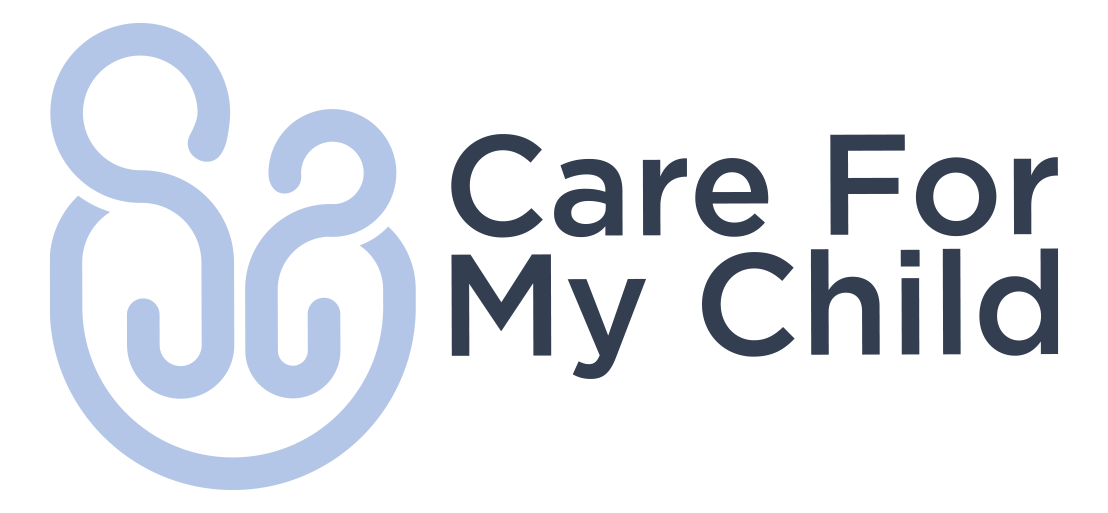Shaping Little Ears Safely: Exploring Neonatal Ear Moulding
Introduction
The journey of parenthood is filled with wonder and joy, and sometimes a few surprises along the way. One such surprise that some parents may encounter is their newborn's ears appearing misshapen or protruding. Thankfully, there's a gentle and non-invasive technique called “ear moulding” that can help reshape the ears during the early stages of a baby's life. In this blog, we will delve into the fascinating world of ear moulding, exploring what it is, how it works, and its potential benefits for your little one while addressing the potential issues such as timing and skin care.
What is Ear Moulding?
The technique of “ear moulding” involves the use of specialised ear moulds (soft splints) that apply gentle and constant pressure to reshape the cartilage of the ear. The process is painless and non-surgical, making it a safe and effective option for correcting ear deformities or asymmetry in newborns. This process ideally takes place as soon after birth as possible and is most effective when started during the first few weeks of the baby's life when the cartilage is most flexible and responsive to moulding
What happens during ear moulding?
Ear moulding involves your baby wearing custom-fitted ear moulds 24 hours a day, seven days a week, until treatment is complete. Treatment times vary, but most take six to eight weeks.
Benefits of Ear Moulding:
Non-invasive and Pain-free: One of the significant advantages of neonatal ear moulding is that it is a non-surgical procedure that does not require anesthesia or incisions. The ear moulds or splints are simply placed on the baby's ears, and they gradually reshape the cartilage over time without causing any discomfort.
Early intervention: By addressing ear deformities early on, ear moulding allows for the best opportunity to shape the cartilage when it is most malleable. This early intervention can lead to improved aesthetic outcomes and potentially reduce the need for more invasive procedures later in life.
Improved Appearance and Confidence: Ear moulding can help correct a variety of ear deformities, including protruding or misshapen ears. By achieving a more balanced and aesthetically pleasing ear shape, this technique can enhance the overall appearance of the baby's face and promote self-confidence as they grow older.
Risks of Ear Moulding:
While neonatal ear moulding is generally safe, it is important to be aware of potential risks associated with the technique. The pressure or taping involved in the process may occasionally cause skin issues such as eczema or allergies to the tape. It is crucial to monitor your baby's skin closely during the ear moulding process and consult with a healthcare professional if you notice any signs of irritation or discomfort.
Consultation and Professional Guidance:
If you are considering neonatal ear moulding for your baby, please consult with a healthcare professional experienced in the technique. They will carefully assess your baby's ear structure, determine if ear moulding is suitable, and guide you through the process step by step. They can also provide recommendations on skincare practices and precautions to minimise the risk of skin issues.
Conclusion:
Neonatal ear moulding offers a remarkable opportunity to shape and mould your baby's ears during their earliest stages of life and removing the future need for corrective surgery. By taking advantage of this non-invasive and painless technique, you can help your little one achieve a more balanced and aesthetically pleasing ear shape, boosting their self-confidence as they grow older.


